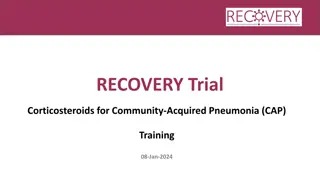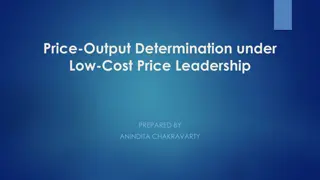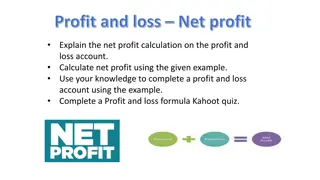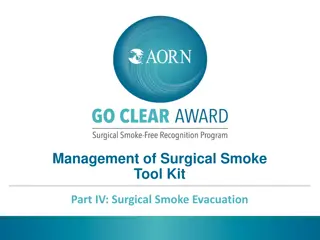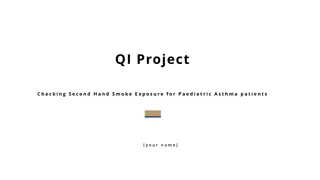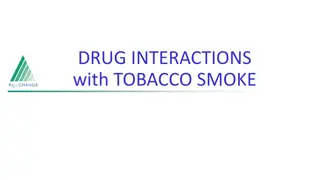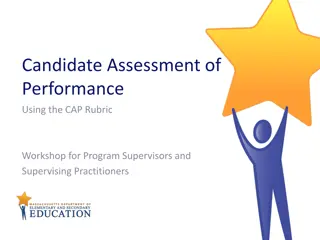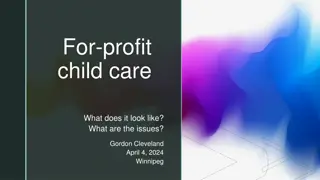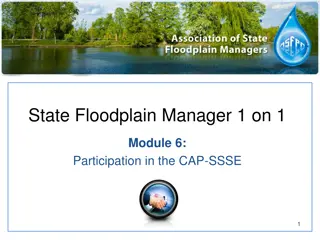Proposing a Profit Cap and Price Control Scheme to Achieve Smoke-Free 2030 Ambition
To achieve the UK Government's Smoke-Free 2030 ambition in the most deprived communities by 2045, it is crucial to implement a profit cap and price control scheme for tobacco companies. This scheme aims to limit tobacco company profits, shift focus to e-cigarettes, raise funds for public health initiatives, and oversee administration through the new Office for Health Promotion in DHSC.
Download Presentation

Please find below an Image/Link to download the presentation.
The content on the website is provided AS IS for your information and personal use only. It may not be sold, licensed, or shared on other websites without obtaining consent from the author. Download presentation by click this link. If you encounter any issues during the download, it is possible that the publisher has removed the file from their server.
E N D
Presentation Transcript
Establishing a Smoke-free 2030 Fund Dr Henry Featherstone Policy Advisor
Whats the problem? What s the problem? Without much faster declines in smoking UK Government's Smoke- free 2030 ambition won t be achieved in the most deprived communities until 2045: 450,000 households and 260,000 children in tobacco poverty Pre-Covid government promised to consider a US style polluter pays approach to funding tobacco control Public health measures chronically under funded pre-Covid. Covid saw Government borrow 303 billion (14.5% of GDP) in 2020- 2021: Post-Covid new sources of funding for tobacco control essential Tobacco company oligopoly in the UK market with estimated profits of 900M and margins of up to 70%: Companies over-shifting by increasing prices alongside excise duty escalator
What could be done? What could be done? Pharmaceutical company profits on the sale of branded medicines to the NHS are heavily regulated, with repayment to DHSC: Profit control scheme in operation since 1957 Typical repayment 560M per annum DHSC has expertise in monitoring company profits & closing loopholes through evolution of the pharmaceutical scheme: Specific allowances encourage desired behaviour e.g. innovation and R&D Brexit gives UK Government freedom to set tobacco prices: Excise duty and VAT currently make up ~90% of tobacco price
Profit cap & price control scheme for tobacco Profit cap & price control scheme for tobacco The objectives of the proposed scheme are: 1. To control the market power and limit the profits of tobacco companies operating in the UK Annual Financial Return for top 4 tobacco companies Suggested 10% profit for tobacco companies, whereas 17-21% for pharma Implemented as simple sales-based levy 2. Shift tobacco company behaviour to focus on e-cigarettes and vaping products Need to ensure exemptions don t distort new markets 3. Raise funds to fund the Smoke-free 2030 ambition, plus other public health initiatives Could raise 700M: Smoke-free 2030 fund 315M p.a., 385M surplus for public health initiatives
What should happen next? What should happen next? Forthcoming NHS Bill would require just 10 paragraphs of primary legislation to give the SoS profit & pricing powers over the tobacco industry: Public support for producer polluter pays approach with tobacco Secondary legislation could be designed & refined with DHSC expertise and learnings from the pharmaceutical scheme: Important information gathering powers e.g. cost of goods, distribution Publication in aggregate form for Parliamentary Committee review New Office for Health Promotion in DHSC would be key organisation to oversee administration of Smoke-free 2030 Fund: Consider how to fund the post-2030 position






